Today there is once again an excursion into my other hobby away from the hardware. It’s about a very special 3D printer, a project that has kept me busy over several weekends. I am talking about a Voronto be more precise a Voron Trident! Why I chose a 3D printer from a manufacturer that isn’t one at all and for a model that you can’t even buy, I’ll explain in the buildlog below.
To clear up the confusion right after the last sentence and also provide some exposure to Voron, here’s the answer right away: the goal of VORON was to create a high-quality 3D printer that combines the best features of various other models. The project has spawned a vibrant community that remains committed to developing and improving high-performance 3D printers. The VORON team, which has since grown, is passionate and committed to pushing the boundaries of 3D printing technology and enabling anyone to build their own 3D printer with the simplest of tools. Freely according to the motto: “We build space shuttles with gardening tools so anyone can have a space shuttle of their own”. Apart from some merchandise they don’t sell anything themselves, but provide all plans completely free of charge completely free of charge.
One of the main advantages of a Voron is its modularity. The printer can be expanded with a variety of add-ons and upgrades that provide greater functionality and customizability. It is possible to install different extruders, hotends, bed surfaces and other components to improve the printer’s performance and versatility. You never build just a Voron, you build your Voron.
However, this advantage can also be a major challenge at the same time because the myriad of possible configurations, options, and ways to do something can boggle the mind. The good official manual and documentation is very detailed and extensive, but shows only one possible way or is kept a bit vague and open in some places. Roughly speaking, there are currently three models to choose from: The small 0.2, a 2.4 with a fixed bed and the Voron Trident, where the print bed is moved in the Z-axis.
Let’s just feel our way out into the whole thing, though, starting with my ordered kit from Fysetc. You have the option of sourcing each small part individually yourself thanks to the sourcing guide on the Voron website, and several alternatives are often mentioned as well, but the whole thing obviously takes some effort. So various suppliers such as LDO Motors, Fysetc or Formbot have thought that you can put together almost ready-to-build sets for a little extra charge. I opted for a comparatively cheap offer for a Voron Trident with 300x300mm printbed. Since I already have another working 3D printer, I was able to make the printed parts I needed myself. If you can’t do that, you can find various offers for the functional and cosmetic parts on the internet or use the official Print in Forward program.
In total, there were two large boxes, in which again small boxes were packed. Given the weight and price of the goods included, definitely reasonable. In my case, the retailer shipped via AliExpress from France, the whole thing took about 7 business days.
Inside, everything is neatly packed in large blocks of foam.
The hundreds of small parts are each grouped in labeled boxes, very clear and neat! This will definitely come in handy later on.
I opted for a relatively plain color scheme and therefore also chose black aluminum extrusion. However, Fysetc also offers green, gold, red, blue and even purple.














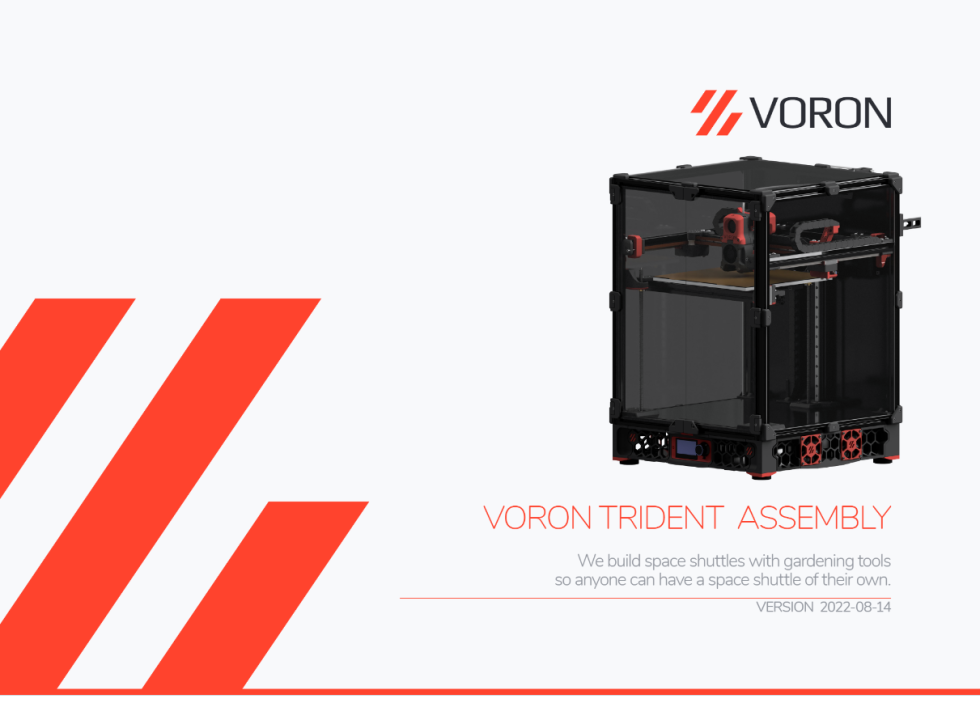

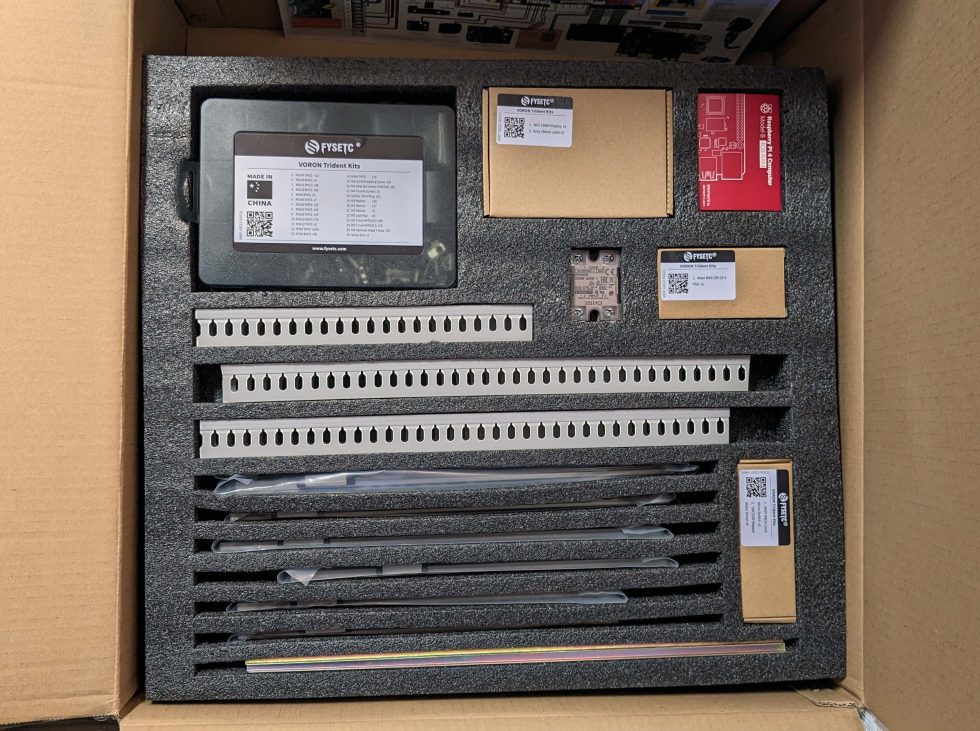
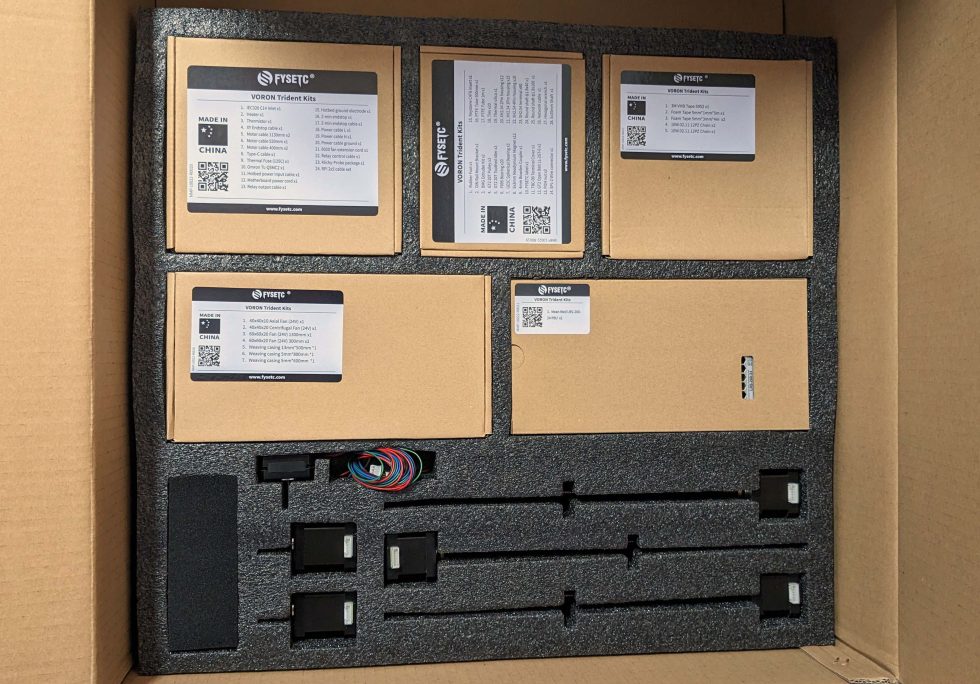
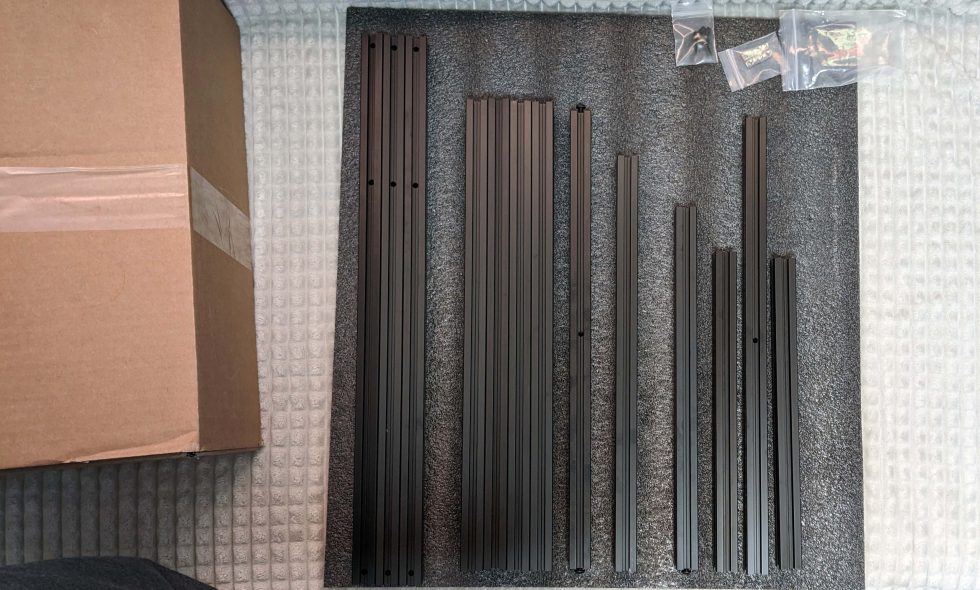










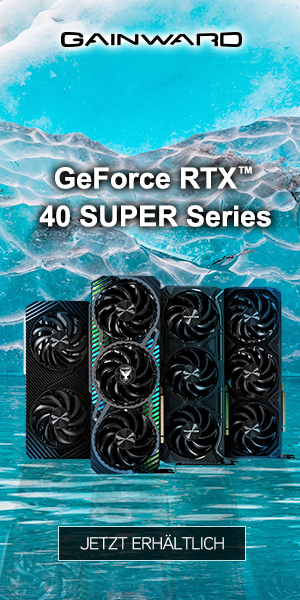


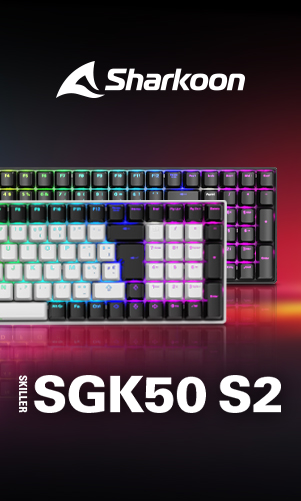

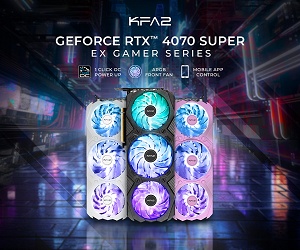

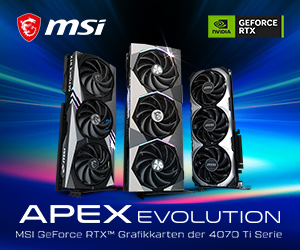

50 Antworten
Kommentar
Lade neue Kommentare
Moderator
Urgestein
Moderator
Urgestein
Moderator
Moderator
Mitglied
Urgestein
Moderator
Moderator
Urgestein
Urgestein
Mitglied
Mitglied
Urgestein
Mitglied
Moderator
Mitglied
Urgestein
Alle Kommentare lesen unter igor´sLAB Community →